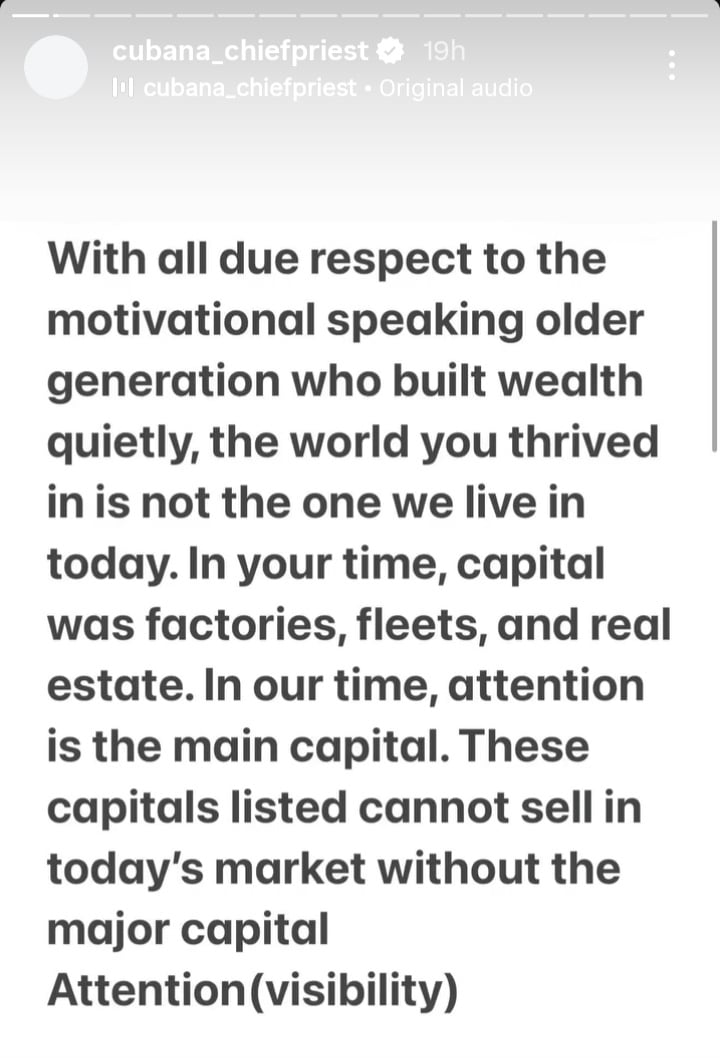Long before Nigeria emerged as a modern nation-state, before colonial borders were etched across West Africa, and before Christianity and Islam rivalled ancestral rites, there was a clash of crowns that defined Yoruba destiny.
It wasn’t a war of bullets or bombs—but of protocol, prestige, and perception. At the heart of this centuries-long struggle stood two thrones: the Alaafin of Oyo, the imperial sovereign of a warrior empire, and the Ooni of Ife, the spiritual custodian of Yoruba cosmology.
To the outsider, it might seem like a mere chieftaincy rivalry. But to the Yoruba people—among Nigeria’s most populous and culturally influential groups—the tension between these two royal institutions shaped their collective identity, influenced their spiritual hierarchy, redefined their historical memory, and even played a subtle role in modern Nigeria’s political arrangement.
This is the story of how Yoruba identity was forged in the fires of royal competition—of power plays, cultural pride, colonial interference, and ultimate reconciliation.
Origins: From Orírun (Creation) to Crown
The Yoruba trace their origin to Ile-Ife, a city deeply enshrined in myth and spiritual symbolism. According to oral traditions, Oduduwa, the progenitor of the Yoruba people, descended from the heavens to establish Ife as the cradle of civilization. It is from Oduduwa’s lineage that the first Ooni emerged—the spiritual head of all Yoruba.
But as Oduduwa’s children spread out and founded new cities—Owu, Ketu, Sabe, and most notably Oyo—they created autonomous but interlinked kingdoms. One of these descendants, Oranyan, is widely believed to have been the founder of the Oyo Empire, and thus the first Alaafin.
This dynamic birthed the fundamental dichotomy:
- The Ooni of Ife was the keeper of sacred traditions, the priest-king who embodied spiritual authority.
- The Alaafin of Oyo was the political head of an expansive, militarized empire—his influence was secular, administrative, and imperial.
Initially, both institutions complemented each other. Ife was revered as the spiritual home, and Oyo grew as a pragmatic seat of military governance. But as centuries passed, tensions simmered.
Oyo Ascendant: The Rise of the Alaafin’s Power
From the 16th to the 18th century, the Oyo Empire flourished. With cavalry units borrowed from northern influences and a robust trade network across West Africa, Oyo became one of the continent’s greatest powers. It extended its influence from present-day Togo to the edge of the Niger River.
This expansion naturally elevated the Alaafin’s stature. He was no longer just one of Oduduwa’s descendants—he became an emperor, wielding authority over other Yoruba kings, known as Obas, who were expected to pay tribute to Oyo.
To reinforce this supremacy, Oyo created a system of checks and balances, most notably:
- The Oyomesi (a council of kingmakers).
- The Are-Ona-Kakanfo, the military general who defended the empire’s flanks.
Meanwhile, the Ooni of Ife remained spiritually important but politically sidelined.
This imbalance birthed the earliest seeds of rivalry. How could the spiritual father be subject to the political son? Did conquest redefine sacred authority? These were more than philosophical questions—they were cultural battlegrounds.
Clash of Authority: Ego, Embassies, and Exile
As the Alaafin’s influence grew, so did his expectations of deference. He sent emissaries to other Yoruba towns, demanding homage and recognition. This included Ile-Ife—an unthinkable affront to many Yoruba traditionalists.
According to historical accounts, there was a dramatic moment when an Alaafin sent emissaries to Ife, demanding that the Ooni pay homage. The Ooni refused. An Oyo army threatened retribution but pulled back, respecting the sacredness of Ife.
From then on, an unspoken rule governed their relationship: neither monarch would visit the other’s domain. It became taboo, spiritualized through oral laws and reinforced by political tensions. This prohibition symbolized the cold détente between the two power centers.
Later Alaafins, including Alaafin Abiodun, sought to elevate the imperial majesty of Oyo through war, diplomacy, and trade with the Europeans.
Meanwhile, Ife remained focused on ritual and tradition—preserving Yoruba cosmology, ancestral memory, and the arts.
Thus, Yoruba identity splintered into two axes:
- Oyo: Forward-looking, expansionist, pragmatic, hierarchical.
- Ife: Rooted, conservative, sacred, communal.
Post-Independence Rivalry and the Symbol of Unity
Nigeria gained independence in 1960, but the Alaafin–Ooni rivalry remained alive. Both royal houses sought national recognition. Each claimed legitimacy as the most senior Yoruba monarch.
The rivalry often played out in subtle forms:
- Protocol disputes at state events.
- Conflicting titles in media coverage.
- Disagreements over Yoruba unification efforts.
The Ooni Okunade Sijuade (Olubuse II) and Alaafin Lamidi Adeyemi III clash

One of the most visible public flare-ups occurred in the 1980s during the tenure of Ooni Okunade Sijuade (Olubuse II) and Alaafin Lamidi Adeyemi III.

Both were powerful, media-savvy, and fiercely proud. Rumors circulated of private hostilities and snubs at cultural functions.
But in a rare moment of cultural clarity, both men refused to enter each other’s palaces—maintaining the centuries-old taboo. This symbolic distance became part of Yoruba cultural folklore.
However, both monarchs also used their rivalry to advance Yoruba interests nationally. Through cultural festivals, diaspora engagements, and political advocacy, they elevated Yoruba traditions in a rapidly modernizing Nigeria.
Reconciliation: The 21st-Century Embrace That Shook a People
On December 18, 2016, something extraordinary happened. In the ancient city of Oyo, the young and reformist Ooni of Ife, Oba Adeyeye Enitan Ogunwusi (Ojaja II), walked into the palace of Alaafin Lamidi Adeyemi III.

He broke the taboo. Many years of silence were shattered. Generations of protocol fell aside.
Ooni of Ife, Oba Ogunwusi, on Sunday, became the first Ooni to visit Oyo town since 1937. He visited the Alaafin of Oyo, Oba Lamidi Adeyemi III, to grace his 45th coronation anniversary thanksgiving, held at the Methodist Church, Apaara, Oyo State.
Legacy: A Dual Crown, A Singular People
Today, both thrones still stand.
The Alaafin’s palace in Oyo remains a hub of cultural authority, imperial memory, and Yoruba intellectualism.
The Ooni’s palace in Ife remains the heart of Yoruba spiritual life and ancestral veneration.
They do not cancel each other—they complete each other.
Yoruba identity is not a single line of descent but a braided rope of history, myth, rivalry, and renewal. The Ooni and the Alaafin, once adversaries, are now dual custodians of a people’s pride.
In their shared legacy, Yoruba people find a blueprint for navigating identity in a fractured world: one that honors the past, confronts division, and dares to embrace unity.





